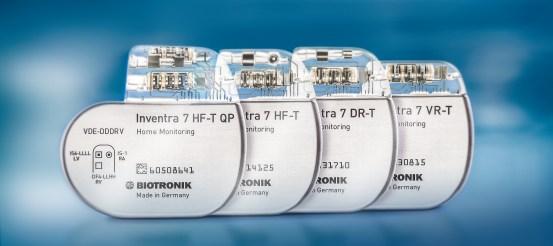REPLACE
Implantable Cardiac Pulse Generator Replacement Registry
Poole et al., Circulation 2010
Study Design
- Prospective, multi-center study
- Designed to estimate the all-cause complication rates at 6-months for patients undergoing a pacemaker, ICD, CRT-P or CRT-D generator replacement due to elective replacement indicator (ERI), advisory, or upgrade without a planned system modification or with a planned system modification
- 1,744 subjects at 71 US sites
Key Result 1
Patients undergoing a straight forward CRM generator replacement (cohort 1), without plans to add or revise a lead, experienced a major complication rate of 4.0%, a major periprocedural event rate of 0.2%, a minor complication rate of 7.4%, and an infection rate of 1.4%.
Key Result 2
Patients undergoing a generator replacement with a plan to add or revise existing leads (cohort 2) experienced a major complication rate of 15.3%, a major periprocedure event rate of 2.4%, a minor complication rate of 7.6%, and an infection rate of 1.1%.
Key Result 3
In both cohorts, major complications were higher with implantable cardioverter-defibrillator compared with pacemaker generator replacements.Complications were highest in patients who had an upgrade to or a revised cardiac resynchronization therapy device (18.7%)
Clinical Relevance
- REPLACE is the first prospective, multicenter trial to examine complications related to generator replacement
- The risk associated with upgrade procedures is concerning and favors performing indicated complex procedures before the development of advanced end-stage medical and cardiac disease, situations in which the risk may be prohibitive
- Results support the use and development of devices with long battery life to minimize the lifetime surgical risk for a patient
- Results provide insight into procedural outcomes for the next phase of life for patients who receive cardiac implantable electronic devices and a more robust analysis that can be used to establish a benchmark for comparative performance in this time of healthcare reform
| Study Objective |
|
|---|---|
| 1° Endpoints |
|
| 2° Endpoints |
|
| Clinical Sites |
|
| Sample Size |
|
| Inclusion Criteria |
|
| Main Exclusion Criteria |
|
| Devices |
|
| Follow-Up |
|
| Study Duration |
|
| Reference no. |
|
| Principal Investigators |
|
Download Section

Tachycardia Therapy
BIOTRONIK offers an extensive product portfolio in the area of tachycardia therapy.
